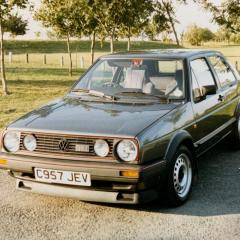-
Recently Browsing
- No registered users viewing this page.
-
Topics
-
Posts
-
By Neverenoughwatches · Posted
I have bought without seeing inside before and have generally been luck Michael. If its a screwback case i seem to allow some leniency on the removal of it, i dont know why because I've never struggled to remove a back with very basic equipment. If everything is inside them, then once restored and keeping time the oris could be worth 20 -30 each, I've paid a lot more Oris date pointers in the past. -
By Neverenoughwatches · Posted
I use a nylon bristle from a brush to run around the coils or a thin piece of copper wire, you need .1 - .15mm. -
By Michael1962 · Posted
I actually sent a message to him on eBay asking exactly that. They all look like snap-on casebooks so should be easy enough to get the photos. -
By Neverenoughwatches · Posted
I thought they were a close match to Cortebert, Nev also suggested Invar , i found a 19"' that had a very similar curved balance cock. I looked at Revue as well but Ranfft was throwing up 404s on the pocket watch sizes. -
Looked all over and I can't find it. Pity Ranfft movement identifier doesn't work. The closest movements I've seen, from general layout, and shape of keyless are Corterbert.
-








Recommended Posts